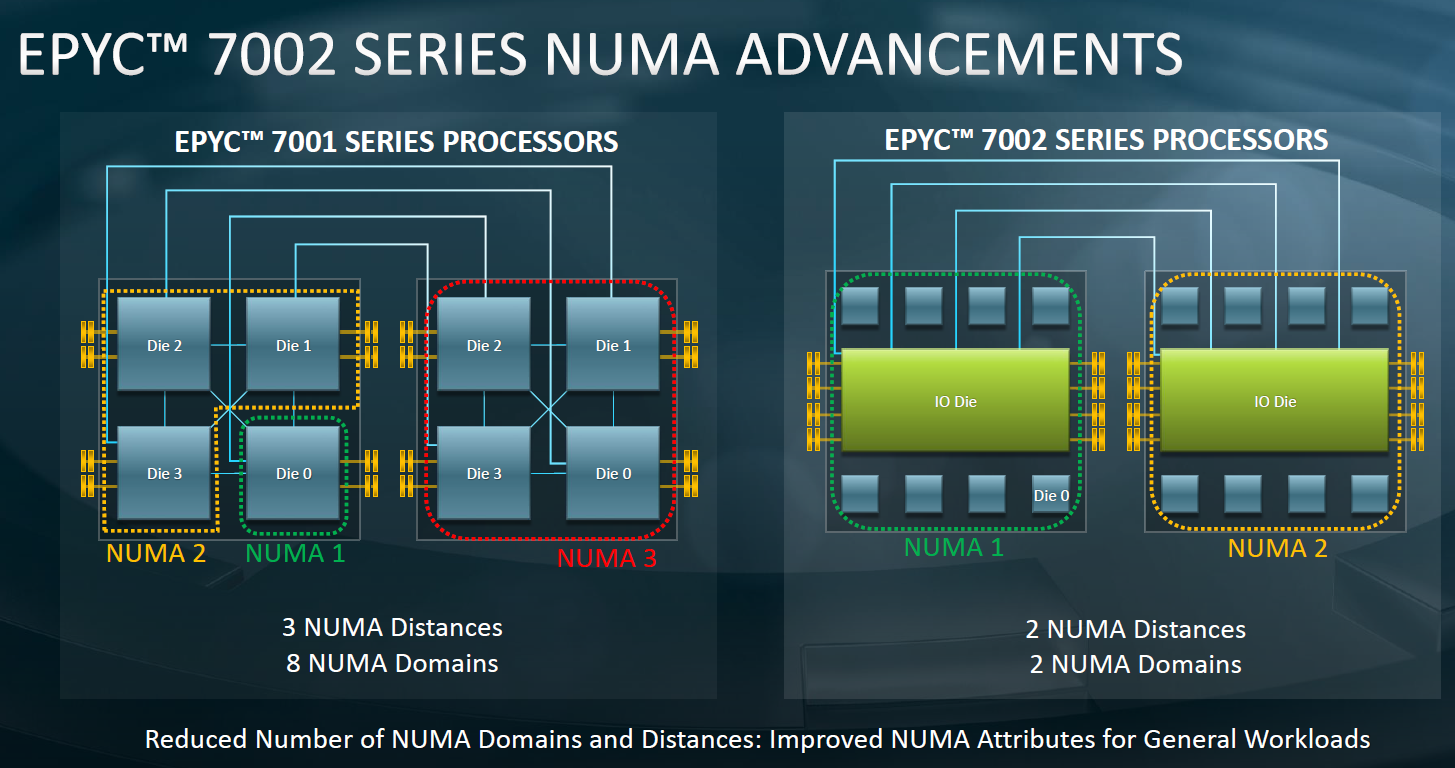stockolicious
Member
- Jun 5, 2017
- 80
- 59
- 61
It wasnt Dell but HP and 100k chips, btw Dell has been always completely sold out to Intel, prove is that they re the only ones that are not ready on day one of Rome launch, guess that they are more early infos providers for Intel than anything else...
Ive read this about Dell in the past 1 mill chips I think you can check the adoredTV vid about intel monopolistic practices to back this - but i guess we both get the point.



